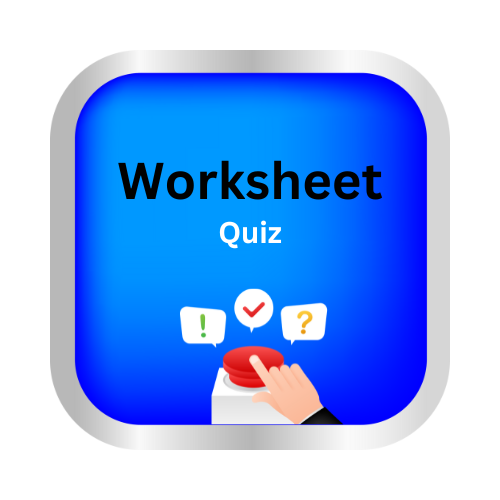Sort sensory details
Key Notes :
When you write, you can use sensory details to make stories and scenes easier for the reader to imagine. A sensory detail makes the reader imagine a particular sight, sound, smell, taste or touch.
Sight: John’s face was lit by glowing firelight.
Sound: In the morning, Samantha awoke to chirping birds outside her window.
Smell: I caught a whiff of freshly baked bread as I passed by the bakery.
Taste: The sharply sour apple made Mary’s mouth pucker.
Touch: Ted was uncomfortable in his scratchy wool sweater.
Learn with an example
🔔 Sort the sensory details.
- sweet vanilla pudding
- minty milkshake
- dark night sky
- pale pink walls
| taste | sight |
| ________ | ________ |
Taste sensory details are things that a reader can imagine tasting, such as sweet vanilla pudding and a minty milkshake.
Sight sensory details are things that a reader can imagine seeing, such as a dark night sky and pale pink walls.
🔔 Sort the sensory details.
- sweaty palms
- soft leather jacket
- flavorful broth
- salty soup
| touch | taste |
| ________ | ________ |
Touch sensory details are things that a reader can imagine feeling, such as sweaty palms and a soft leather jacket.
Taste sensory details are things that a reader can imagine tasting, such as flavorful broth and salty soup.
🔔 Sort the sensory details.
- slippery soap
- scratchy wool trousers
- sharply scented nail polish
- itchy insect bites
| touch | smell |
| ________ | ________ |
Touch sensory details are things that a reader can imagine feeling, such as slippery soap, scratchy wool trousers and itchy insect bites.
Smell sensory details are things that a reader can imagine smelling, such as sharply scented nail polish.
let’s practice!

